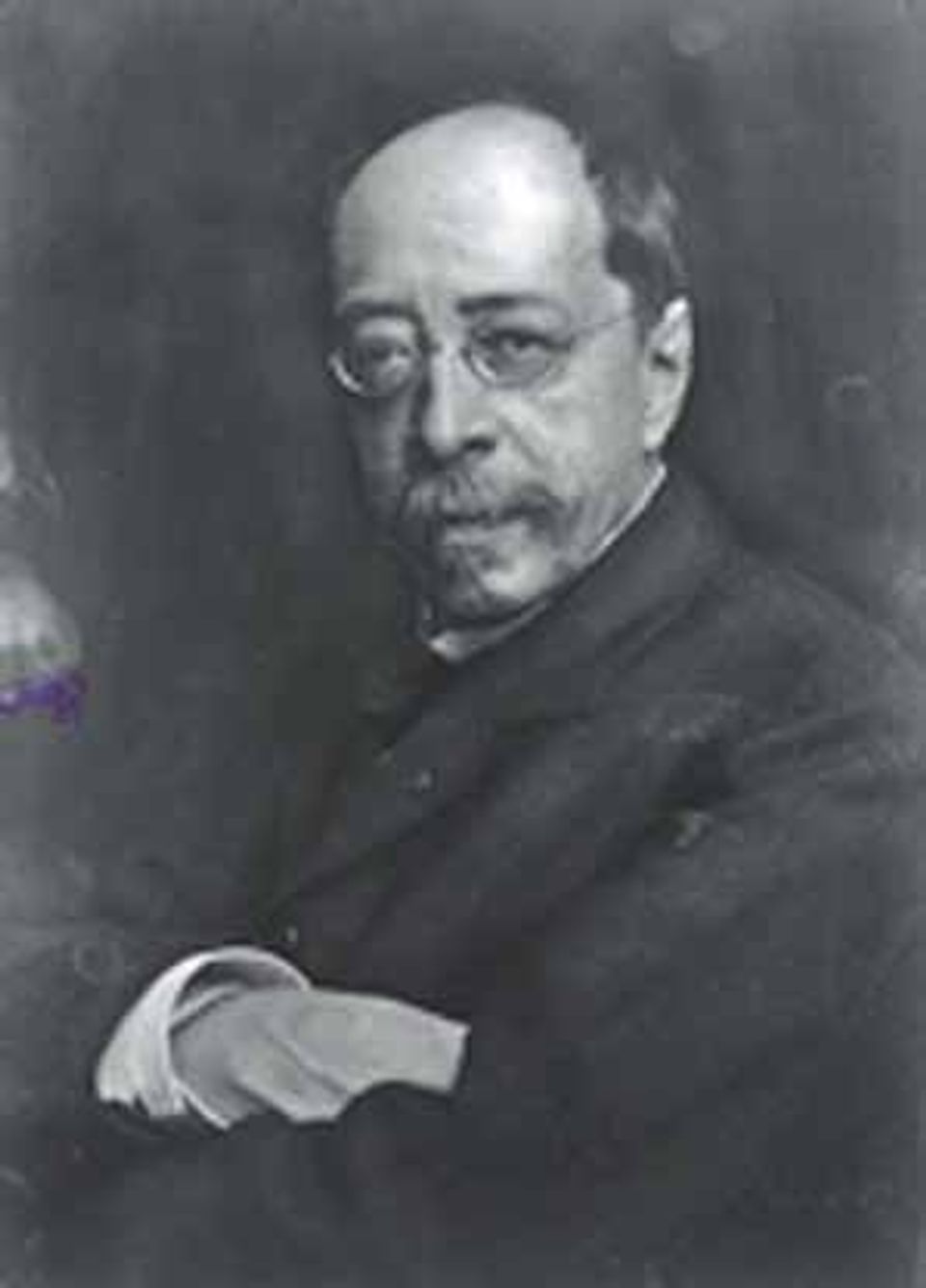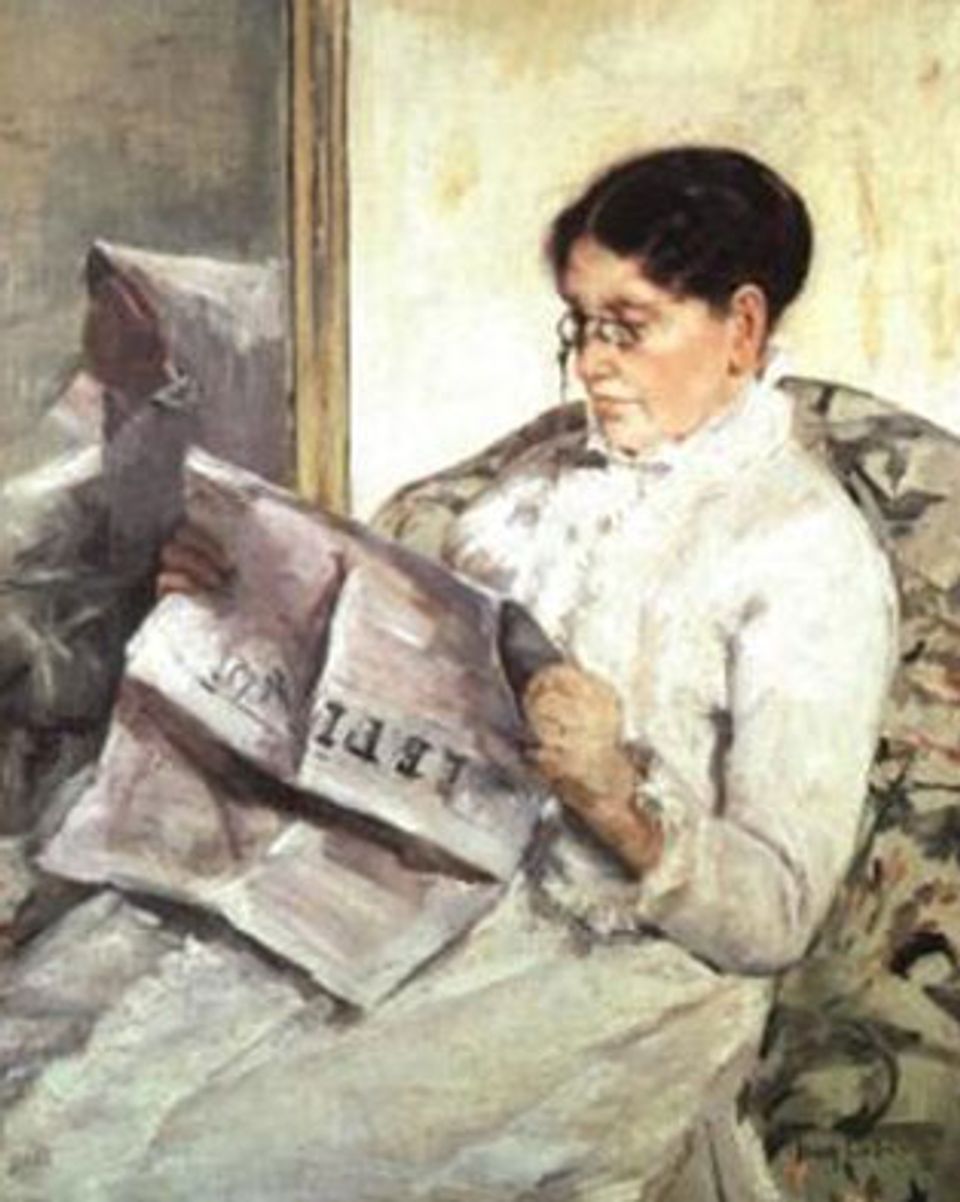Artist
John La Farge
born New York City 1835-died Providence, RI 1910

- Also known as
- John Lewis Frederick Joseph La Farge
- Died
- Providence, Rhode Island, United States
- Active in
- Newport, Rhode Island, United States
- Middletown, Paradise, Rhode Island, United States
- Biography
Painter, stained glass designer. Among his many commissions, decoration of the Trinity Church in Boston placed La Farge at the forefront of the American Arts and Crafts movement. He early admired the formality and patterning of Japanese art, and he recored his impressions of his travels in Asia in An Artist's Letters from Japan (1897).
Joan Stahl American Artists in Photographic Portraits from the Peter A. Juley & Son Collection (Washington, D.C. and Mineola, New York: National Museum of American Art and Dover Publications, Inc., 1995)
Exhibitions
November 21, 2008–May 24, 2009
Graphic Masters I: Highlights from the Smithsonian American Art Museum is the first in a series of special installations that celebrate the extraordinary variety and accomplishment of American artists' works on paper.
April 17, 2015–August 16, 2015
Integrated within the chronological flow of the museum’s permanent collection, these masterworks from Gilded Age, Impressionist, and Ashcan School painters will help to tell the story of the late 19th century and early 20th centuries in America, a “coming















